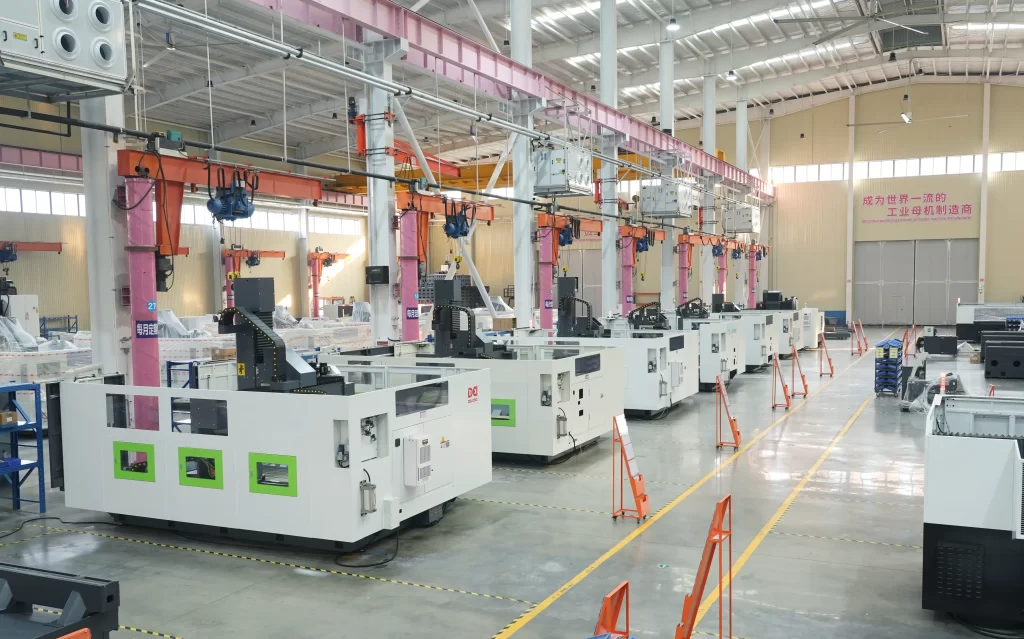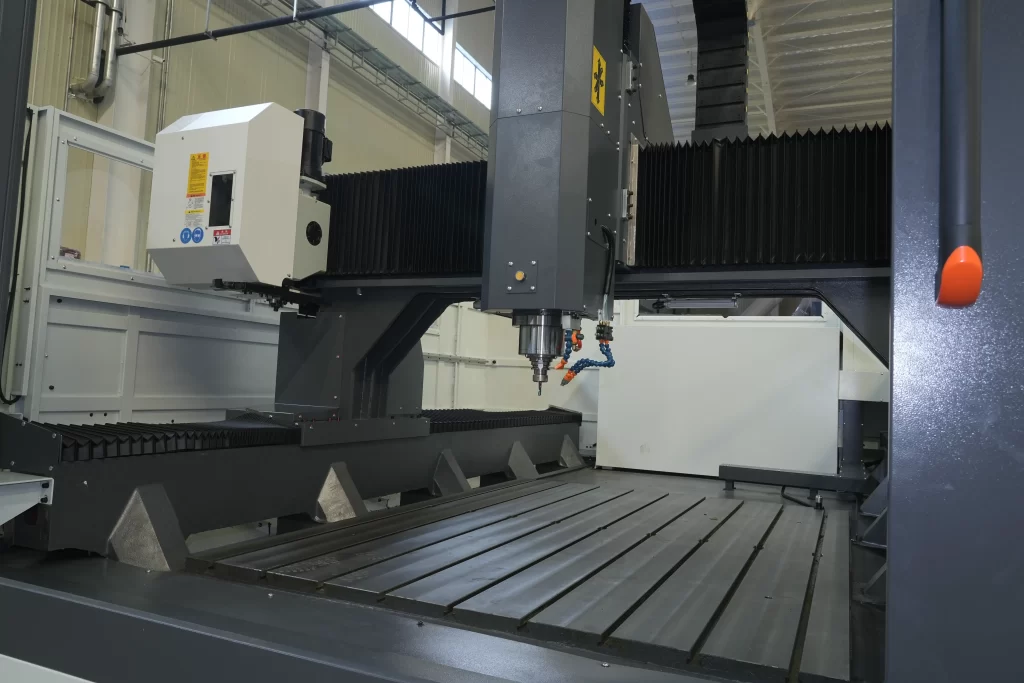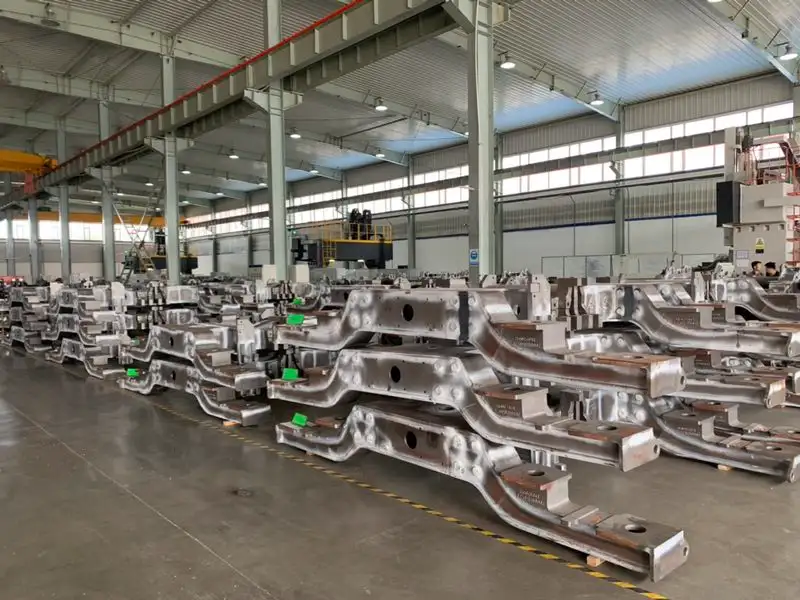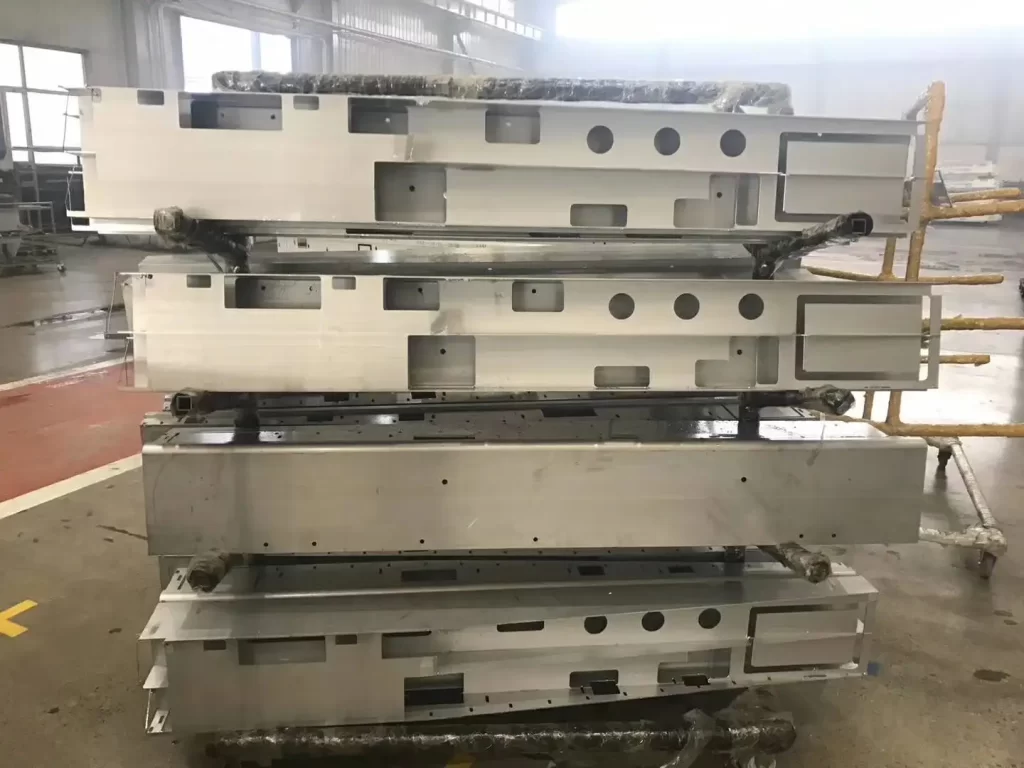What Is the Difference Between 3-Axis and 5 Axis Machining

CNC Machining Basics
What Is CNC Machining?
CNC machining (Computer Numerical Control) is like giving a machine a genius brain, using software to guide tools that carve metal, plastic, or other materials with pinpoint accuracy. From turbine blades in aerospace to engine components in cars and even orthopedic implants in healthcare, CNC makes it happen. Its magic lies in delivering high precision and efficiency, turning intricate designs into reality. In industries where every micron counts, CNC is the unsung hero behind modern manufacturing.
The Role of Axes in Machining
Axes in CNC define how nimble a machine can be. Think of an axis as a direction the machine can move in: linear axes (X, Y, Z for left-right, forward-back, up-down) and rotational axes (A, B, C for spinning around specific directions). 3-axis machining sticks to X, Y, Z, perfect for flat or simple parts like brackets or panels. It’s straightforward and budget-friendly but struggles with complex shapes, often requiring multiple setups to hit different angles.
5-axis machining steps it up, adding A and B rotational axes to the X, Y, Z mix, letting the tool cut from virtually any angle. This flexibility tackles curved surfaces, deep cavities, or multi-sided parts, like aircraft impellers or intricate medical implants. 5-axis boosts efficiency and precision with single setups, but the machines cost a fortune, and programming plus operation demand serious skills.
The number of axes shapes what a machine can do. 3-axis is great for simple jobs and tight budgets; 5-axis is the go-to for complex, high-precision projects. Your choice depends on the part’s design and production needs.
Understanding 3-Axis Machining

Definition and Mechanics
3-axis CNC machines are the workhorses of machining, moving along X, Y, and Z linear axes. X handles left-right, Y covers forward-back, and Z manages up-down, letting the tool or workpiece glide precisely in these directions. Picture it as drawing straight lines in 3D space, effortlessly cutting flat surfaces or basic shapes. This setup is simple and ideal for many standard tasks.
Capabilities and Applications
3-axis machining shines at crafting flat parts or simple geometries, like prismatic brackets, panels, or prototype components. It’s a staple across industries, from general manufacturing to small shops churning out quick prototypes. Whether it’s a car’s structural frame or an electronics housing, 3-axis delivers efficiently, especially for parts that don’t need fancy angles.
Advantages of 3-Axis Machining
- Affordable: 3-axis machines are wallet-friendly, with low maintenance costs, making them accessible for small shops.
- User-Friendly: Programming and setup are a breeze, so operators can get up to speed with minimal training.
- Widely Available: The market’s flooded with 3-axis machines and skilled operators, so parts and support are easy to find.
These perks make 3-axis a top pick for businesses, especially when budgets are tight or designs are straightforward.
Limitations ofDefine and Mechanics
- Shape Constraints: 3-axis is limited to simple geometries; curves or complex angles are out of its league.
- Multiple Setups: Complex parts require repositioning the workpiece several times, which eats up time and risks errors.
- Angle Challenges: Need a chamfer or angled feature? 3-axis needs extra tooling or multiple steps, slowing things down.
These drawbacks make 3-axis less ideal for high-precision or intricate parts, pushing shops toward more advanced options.
Understanding 5-Axis Machining

Definition and Mechanics
5-axis CNC machines are the rockstars of machining, moving along X, Y, Z linear axes and adding A, B, or C rotational axes. Linear axes cover left-right, forward-back, and up-down, while rotational axes let the tool or workpiece spin in specific directions, agile as a gymnast. 5-axis machines come in types like trunnion (workpiece rotates), swivel head (tool rotates), or hybrid (both). This setup lets the tool cut from nearly any angle, mastering complex shapes with ease.
Capabilities and Applications
5-axis machining is built for complex geometries, handling curves, deep cavities, and multi-sided parts like a pro. Aerospace relies on it for turbine blades, healthcare for precision implants like orthopedic components, and it’s key for mold making and turbomachinery parts. No matter how tricky the design, 5-axis nails it, making it a powerhouse for high-precision, high-complexity projects.
Advantages of 5-Axis Machining
- Single Setup: Complex parts get done in one go, no need for constant repositioning.
- High Precision: Multi-angle cutting boosts surface finish and tightens tolerances.
- Faster Production: Fewer setups and less human tinkering mean quicker output with fewer mistakes.
These strengths make 5-axis a game-changer in high-end manufacturing, especially for projects chasing top-tier quality.
Limitations of 5-Axis Machining
- Pricey: 5-axis machines and specialized tools cost a fortune, and maintenance isn’t cheap either.
- Complex Programming: It demands advanced CAM software (Computer-Aided Manufacturing), and coding is no walk in the park.
- Skilled Operators: Running these beasts requires serious training to master their intricate systems.
These hurdles make 5-axis a better fit for well-funded shops with strong technical chops.
Key Differences Between 3-Axis and 5-Axis Machining

Axis Count and Motion
3-axis machining uses X, Y, Z linear axes, so the tool moves in straight lines, like sketching on a flat canvas. 5-axis adds A, B rotational axes, letting the tool twist and turn like a gymnast. This gives 5-axis the edge in cutting complex angles, reaching parts of the workpiece 3-axis can’t touch, especially for multi-sided jobs.
Complexity and Part Geometry
3-axis is your guy for simple parts, like flat plates or brackets with basic prismatic shapes, keeping costs low and efficiency high. 5-axis is the champ for complex geometries, breezing through curves, cavities, or multi-angle features, like aerospace impellers or medical implants, with unmatched finesse.
Setup and Production Efficiency
With 3-axis, complex parts mean multiple setups, repositioning the workpiece, which burns time and invites errors. 5-axis’s single-setup wizardry is a lifesaver, locking the part once and cutting all sides, slashing cycle times and boosting output for high-efficiency runs.
Cost and Investment
3-axis machines are easy on the wallet, with simple maintenance and programming that basic CAM software can handle, perfect for budget-conscious shops. 5-axis machines can cost millions, with hefty maintenance and programming that leans on high-end software, plus operators needing specialized training, raising the investment bar.
Precision and Surface Finish
3-axis has looser tolerances and decent but not stellar surface finishes, often needing extra polishing for complex parts. 5-axis cuts with surgical precision, nailing tight tolerances and delivering mirror-smooth surfaces, cutting down on post-processing and elevating part quality.
Choosing Between 3-Axis and 5-Axis Machining

Factors to Consider
- Part Complexity and Design Needs: Flat plates or brackets? 3-axis has you covered. Curved or multi-angle designs like turbine blades? 5-axis precision is the way to go.
- Production Volume and Batch Size: Small runs or prototypes? 3-axis keeps setup costs low. High-volume complex parts? 5-axis’s single-setup efficiency shines.
- Budget and ROI: 3-axis machines are affordable, ideal for shops pinching pennies. 5-axis is a big spend but pays off for high-value, precision projects.
Industry-Specific Use Cases
- 3-Axis Scenarios: Basic brackets, flat panels, or simple enclosures are 3-axis’s sweet spot, especially in general manufacturing or rapid prototyping where simple shapes rule.
- 5-Axis Must-Haves: Aerospace impellers, orthopedic implants, or complex molds demand 5-axis’s one-shot shaping, critical for high-stakes industries.
Hybrid Approach
- Mixing Machines in the Shop: Savvy shops stock both 3-axis and 5-axis machines, using 3-axis for simple jobs to save cash and 5-axis for tasks needing its advanced tricks.
- Balancing Cost and Efficiency: Combining them optimizes both. Rough a part on 3-axis, then finish it on 5-axis to keep quality high while trimming expenses.
Wrapping It Up
3-axis and 5-axis machining each bring something special to the CNC table, and your project’s needs call the shots. 3-axis, with its X, Y, Z linear axes, is perfect for simple parts like plates or brackets, keeping costs down and operations easy, though complex shapes require multiple setups, slowing things down. 5-axis throws in A, B rotational axes, letting tools cut from any angle, mastering curves or multi-sided parts like aerospace impellers or medical implants with top-notch precision and slick surfaces, all in one setup. The catch? 5-axis machines are pricey, programming’s a beast, and operators need serious skills.
Choosing the right machine isn’t a gut call. Got simple parts and a tight budget? 3-axis is your buddy, saving money and hassle. Need complex geometry or razor-sharp precision? 5-axis delivers, with efficiency and quality to match. Batch size matters too: 3-axis is great for small runs, while 5-axis saves time on big, intricate jobs. Smart shops play both sides, using 3-axis for basic tasks and 5-axis for the fancy stuff, balancing cost and performance.
At the end of the day, knowing your needs is everything. CNC machining’s beauty is its versatility, with 3-axis and 5-axis each owning their stage. Nail down your part complexity, budget, and production goals, and you’ll pick the perfect setup to make your shop hum, whether you’re a small outfit or a big player.



